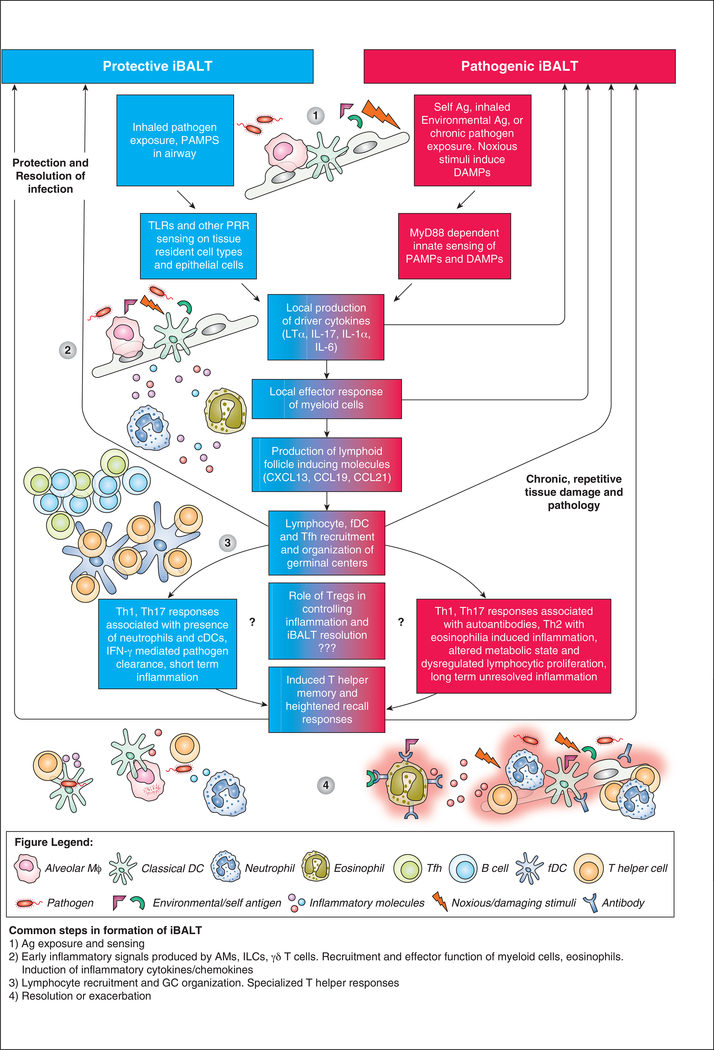Figure 1: The common and distinct mechanisms of protective and pathogenic iBALT formation.
(1) Protective iBALT is induced in response to PAMPs recognized by PRR expressed on innate immune cells or epithelial cells. Pathogenic iBALT is induced in response to chronic pathogen exposure, self-antigens or environmental antigens which induce DAMPs and inflammation. (2) The sensing of PAMPs and DAMPs results in the production of iBALT-driving cytokines that induce the local response of myeloid cells, production of inflammatory molecules, and recruitment of more myeloid cells, lymphocytes, FDC and Tfh. (3)These signals and associated cellular recruitment drive the formation and organization of germinal centers. (4) In protective iBALT, responses are associated with early recruitment of neutrophils and cDCs, IFN-γ mediated pathogen clearance and short-term inflammation. In pathogenic iBALT, responses are associated with autoantibodies and uncontrolled inflammation, with some diseases specifically highlighted by eosinophilia induced inflammation. Other changes include altered metabolic state and dysregulated lymphocyte proliferation with subsequent long-term unresolved inflammation.

